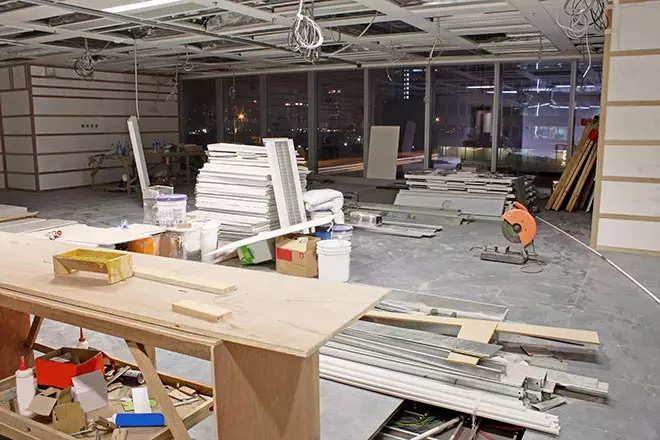


Construction waste is costly. You pay for materials you don’t use, and then you have to pay to dispose of them too. Want to put an end to wasted materials and lost profit? From a thorough planning process to modular construction, let’s discuss four ways your facility can reduce its construction waste.
Below is a time-lapse of an installation showcasing the reduced waste and cleanliness of the project location.
Construction mistakes account for a large portion of construction waste. The best way to avoid those mistakes is to develop a clear, solid plan for construction design and execution. Make sure your facility’s construction process is thorough by asking yourself the following questions:
Existing buildings and spaces don’t always have to be demolished to build something new. In fact, using existing resources can often make the job easier on your team.
During your next project, save walls, windows, and any other structural components by trying small-scale deconstruction or reconfiguration instead of demolition. You can also build that new project off of existing walls. As long as they’re structurally sound, there are plenty of ways to use them to form key parts of that new building. In doing so, you’ll both reduce construction waste and save time on your build.
Arguably the biggest culprit of construction waste is poor material planning. Ordering too much material means you end up with extra components you’ll have to dispose of or return, if you can. On the other hand, ordering too little material means you may have to rush order an additional shipment, which, more often than not, ends up being more expensive and more than you need. It’s hard to perfect your ordering process.
That’s where modular construction can provide significant advantages. Modular components are built exactly to your project’s specifications and are then delivered to your jobsite in just one shipment — making it much easier to plan for just the materials you need and reduce construction waste.
Construction waste doesn’t just affect your facility’s financial statements — it also negatively impacts the environment. Luckily, many modern manufacturers now offer sustainable building products. Some of these products are fully recyclable, while others are built tough and reduce the need for constant construction and repair.
With highly durable, sustainable, and recyclable products, you’ll reduce your construction waste in the present, as well as in the long-term — creating a mutually beneficial relationship between you and your materials, financial statements, and environment.
Modular construction is well-planned and strategically engineered so that all components are designed to fit your exact space and specifications. Line by line, modular construction delivers on all four of these suggestions to reduce construction waste:
It also makes great use of existing building spaces to create new, more functional offices and facilities. Each of these features, paired with the durability of its high-quality components, makes modular construction a sustainable option as well.
Starrco modular components are delivered to your jobsite pre-cut and ready for installation, creating very little, if any, waste. Our controlled construction environment means that even off-site, we’re focused on maximizing materials, reducing waste, and building for the future.
If you’re looking for ways to make your growing company more profitable, reducing construction waste is a good place to start. Modular construction solutions help you minimize waste and build faster. For more information about modular construction, give Starrco a call or contact us online today.